I am trying to plot anomaly regions in Bokeh. The idea is to have a line that will use red color to show that those samples are anomalous ones.
Here is a sample reproducible code.
import numpy as np
import random
n=300
dat = pd.DataFrame()
dat['X_axis'] = np.linspace(start=0.0, stop=1000, num = n)
mean = 4
std = 1
dat['Y_axis']=np.random.normal(loc=mean, scale=std, size = n)
dat['anom'] = np.random.choice([False, True ], size = (n,), p= [0.90, 0.10])
I was able to implement the Box Annotation, and I am trying to do the same thing but this time, the same region will just have a red color for that portion of the line.
EDIT:
Following a comment/suggestion, I plotted those two lines as separate. However, Bokeh interpolates between values, instead of having a smooth transaction. Is there a way to drop interpolation, or at least minimize between it to two adjacent values?
EDIT 2:
I was able to break it into individual segments. However, now there are gaps between data samples that need to be eliminated. Any suggestion on how to do that?


